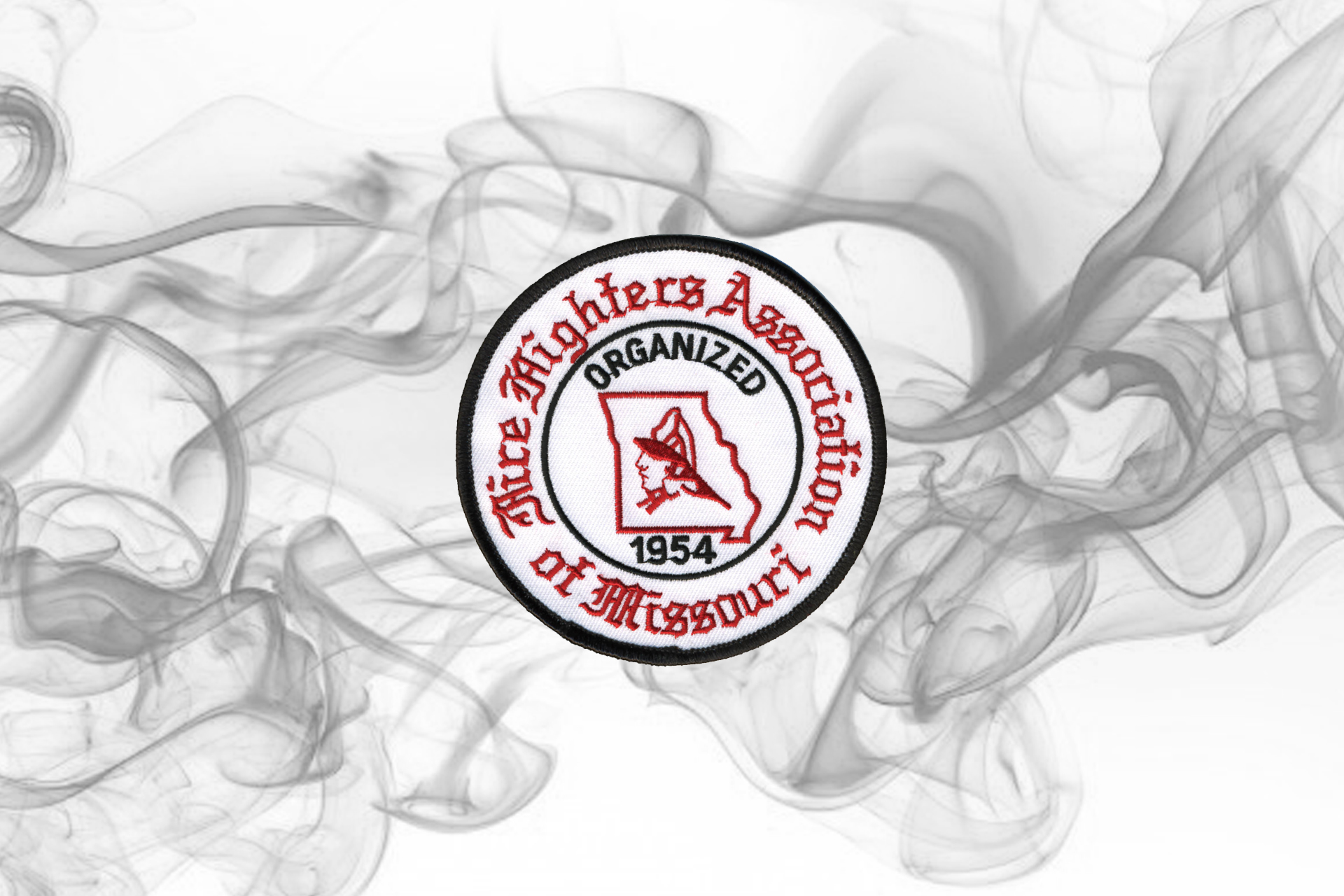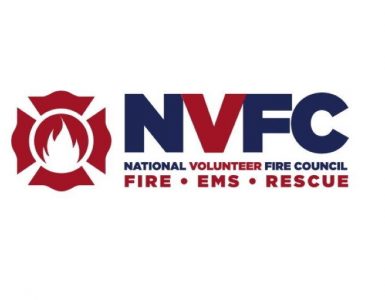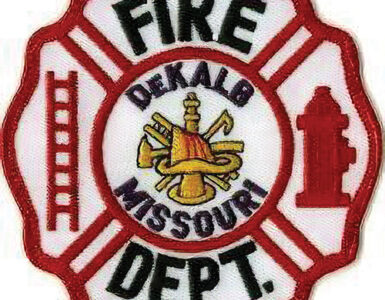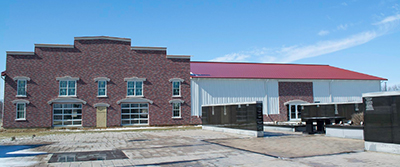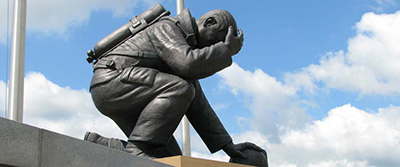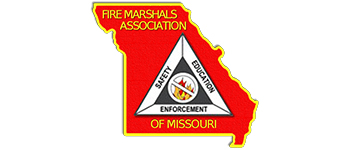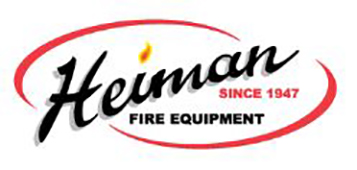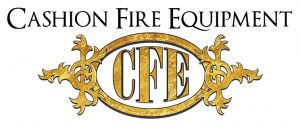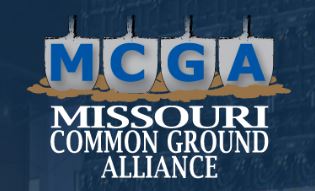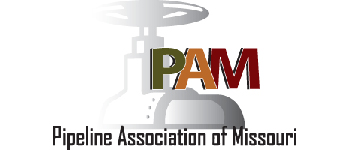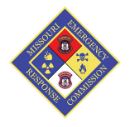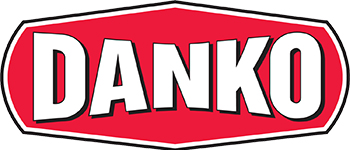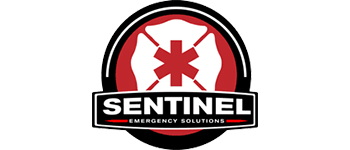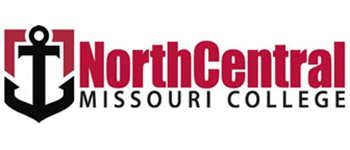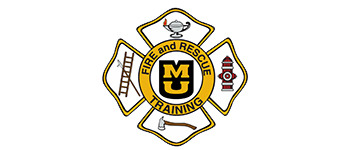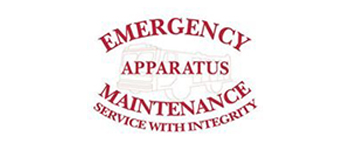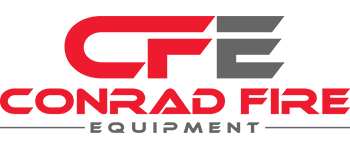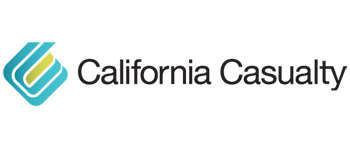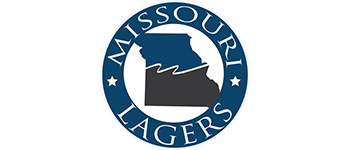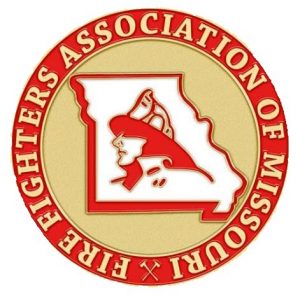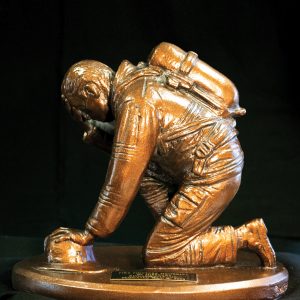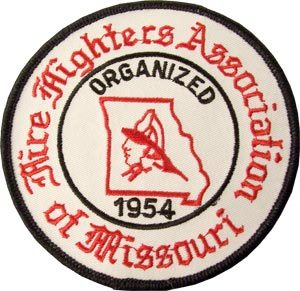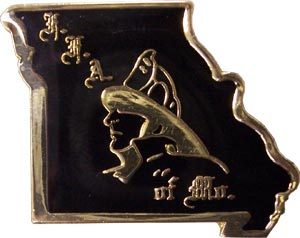Having the opportunity to attend the NVFC fall meeting in Georgia I realized that we in Missouri are not alone in the volunteer fire service. Most topics discussed carry over state to state nationwide. We as volunteer departments and organizations all have similar issues that we deal with daily. This is a great chance to learn from each other and work together to stay focused on issues at hand.
Committees report to a general assembly of actions and directions they are working on for the good of all. Some of those reports are below.
Conference Committee
Addresses upcoming meetings, places, dates, sponsors and such. They are scheduling out four years in advance. The upcoming fall meetings will be in North Carolina, Kansas City, Wyoming and New York. Along with logistics of meeting locations, they are adding the concept of training for the meetings. This year Lyons brought a live fire demonstration allowing participants to attack simulated vehicle fire. They also allowed firefighters from Augusta area to come and participate.
Standards Committee
Working on issues that are evolving over qualifications of firefighters, recertification, and how to enact and sustain such programs in volunteer area without adding hardships on smaller departments with low funds. Most agree that there is a need for the concept, and designing and implementing will certainly be a lengthy project. Then there would be more issues as to state to state carry over. Also, as we see standards and revisions, a process change is taking place. Formally when a standard committee would meet, normally one standard at a time is looked at. The process is being changed to try and go over multiples at one setting. This is to save dollars on reserving spaces and travel expenses. The hardships this creates is the need for more involved people to be able to attend at the same time. The NVFC is looking at this and deepening their pool of volunteers to set on these committees.
Health and Safety
This encompasses a very large portion of work in the NVFC. This committee is planning to divide into separate areas and basically having directors over each unit. The help line is run under this committee which is the mental help numbers for volunteers. Previously the company that maintain this line for the NVFC promised to keep firefighter type personnel manning the phone lines. They feel they can no longer do this. It is very important to the NVFC that these persons should have that background. This number will be switched to a different company that agrees to man it as such. On average the help line is used 45 times a month and this number doubles around the holiday season, so it is important to keep this up and running to their expectations.
Homeland Security Committee
Looking to enhance the criteria development of volunteer departments to make it easier for departments to file with government programs. They are also looking at the push for physical requirements for firefighters. They feel this shouldn’t be placed on volunteer departments as it makes it harder to recruit and keep volunteers in the service. It is not applied now, and they are promoting against it becoming one. With new technology in cell phones having talk modes there is becoming an issue with phones being considered a tool for departments. The discussions from this is that government is against money as grants going to purchase cell phones due to the possibility of being used for more than the purpose of fire service.
Legislative Committee
Priority to work on Length of Service Awards Program programs and how they are taxed. We feel these programs are for retention purposes and if taxed inappropriately that it will lessen their impact. As most see, any major legislative movement is very slow and no real movement on programs is happening.
Recruitment and Retention
Biggest program that is very active. Make Me a Firefighter program ran through a grant and is on it’s second grant. While the push started as a recruitment program and worked well, this grant period is working on retention and how to track the success of program. The committee will be very involved in reworking United States Fire Administration Recruit and Retention guide which has not been reworked since 2007. Again, there is concern over volunteers and how they operate. This committee is trying to launch an idea concept to define volunteers and duties of and how they interact with government entities around them.
Wildland Committee
Work hard on securing a corporate sponsorship from Anheuser-Busch to donate drinking water to needed areas. Anheuser-Busch agreed to originally donate one million cans and has already moved that to 4.5 million after seeing the need. If you are in an area that needs this there is an application process through NVFC to ask for it.
EMS and Rescue
Under EMS and Rescue there was an overview of committee actions going on. There is some for paramedic level requiring a college degree. Again, the level of schooling and cost will hurt the departments that provide paramedic level of care as a volunteer. There was discussion again on state to state qualifications not being the same. This affects those that respond at or around state lines and what they can and cannot do. Also discussed was a trial group for EMS that operate in rural areas. This will entail on scene treatment in the field being overseen by a doctor at a facility via phone or electronic device. The concept is to save money from transport to a facility and minor care being done on scene. The largest thing to over come is unreliable networks phone or other in the field. This study is designed to last about four years. Also discussed was increased reimbursement from Medicare and Medicade for ambulance runs. The feeling is to get more money it will take more paperwork and information that may not be getting captured now. Reporting and recording work must be improved by the service providers to make this possible.
There was a lot of discussion of cancer in the fire service. According to studies, 63% of all firefighters will get cancer. NVFC is promoting training to reduce these odds. Eleven Best Practices is a program with 11 principles to reduce or mitigate the risk of cancer in firefighters. This for most in the fire service means we need a mind-set and culture change to the way we do business. This program was a joint effort from International Association of Fire Chiefs volunteer combination officer’s section. NVFC health and safety and training committee, Fire Service Occupational Cancer Alliance, Firefighting Cancer Support Network and support from California Casualty. There are 11 practices laid out to follow in order to reduce this risk. We know no one can jump in and change 11 practices overnight but we feel that this is important enough that today you should start adopting one then move to another until you get all 11 practices.
It is time to realize that cancer in the fire service is an epidemic and that immediate actions need to be taken. Along with the realization of cancer in the fire service, the Center for Disease Control will be implementing a study for this. This program will be funded by the US government. Basis for the study is to track all types of firefighters of all demographics. The goal is to have 200,000 firefighters sign up for the study. The program is started now but actual sign up is not open. This should take place sometime in 2020. The sign-up process will be an online survey for firefighters to fill out and expected time to complete is 15 to 30 minutes. Once you are registered if at anytime you are reported as having cancer your information will be moved into the firefighter study. States are already required to report all cancers so this reporting as a firefighter will be a supplement to the study. Once the sign-up time is open, we will relay the information. In the last board meeting at FFAM I reported this was open and that is not the case. After several emails we have confirmed from CDC that the website is open but not the registration period for firefighters.
Strategic plans for the National Volunteer Fire Council are being made through the year 2021. Most programs are in current grant periods and will continue. The director advises they have received five new grants for upcoming projects. Also, as a cost savings for NVFC they haven moved to a virtual office. Even at the fall meeting we saw this. When you signed up for the meetings you could install an application on your phone. As you moved thru the different meetings all the information you needed was in the application. It worked great and was a lot easier to keep track of everything you needed at every meeting.
Attending the meeting were 61 directors representing 39 States. A change to membership dues was announced. NVFC is going to a direct $18 per independent membership charge and FFAM is supporting this. In your FFAM membership package there is also information on joining the NVFC.
If you have any questions, concerns or comments you would like addressed please feel free to contact Keith Smith or myself, Rob Erdel. Our contact information in on the FFAM website. Thank all of you for what you do daily for your community and your State. Be careful and have a great year ahead.


